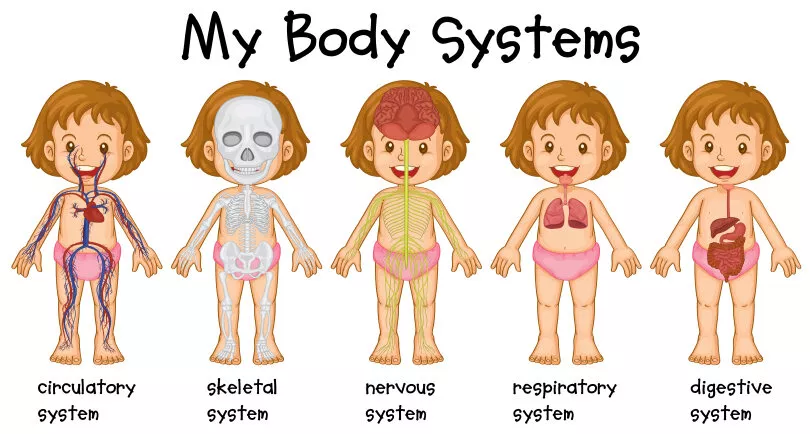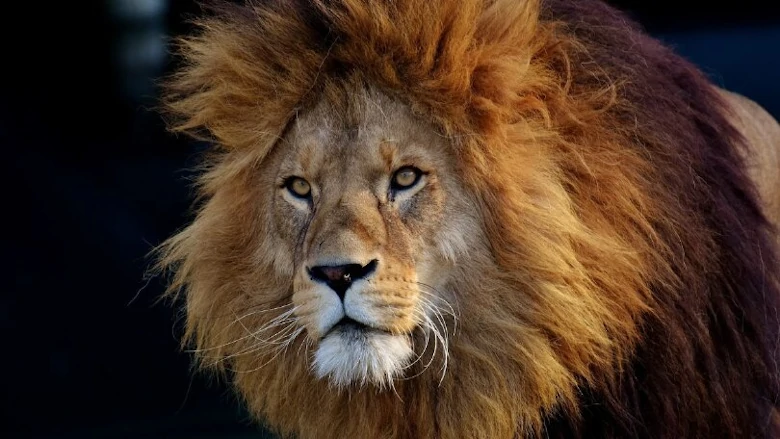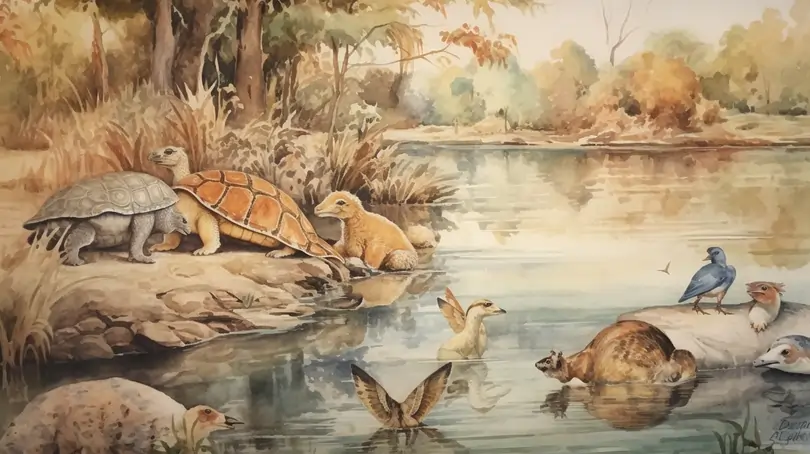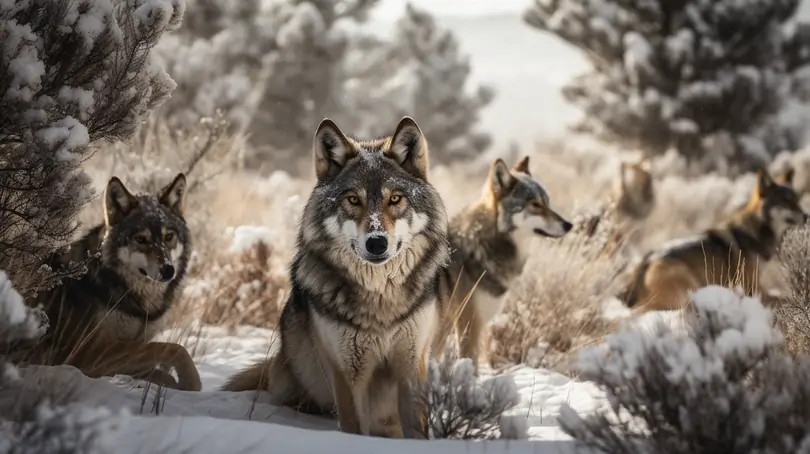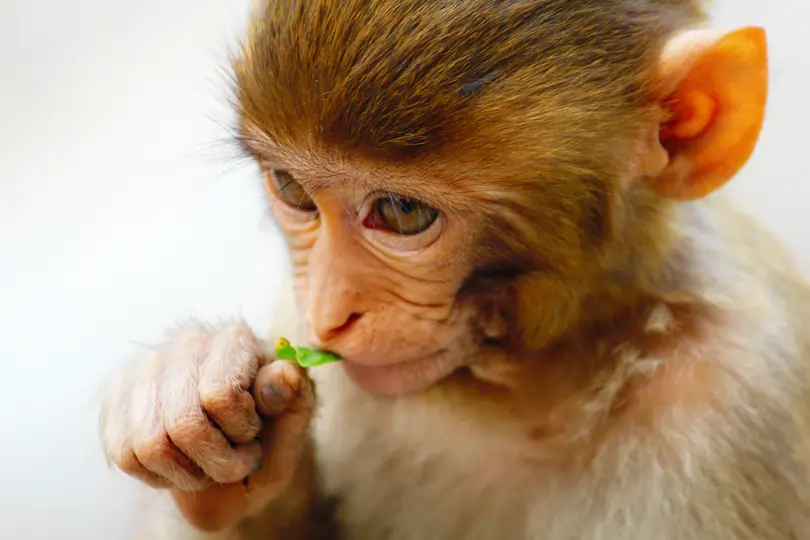56 Examples of animal adaptations in action
Ever wonder how polar bears keep themselves warm in the freezing Arctic? Or how barn swallows just seem to know the perfect time to migrate?
In this article, we’ll be taking a closer look at two types of adaptations: Structural and Behavioural adaptations. Together, they help animals stay alive and thrive, no matter where they live.
Watch our video lesson!
Note: This video lesson on Adaptations is just one of the many weekly GenieClass lessons you can attend from the comfort of your home. If you prefer learning in a physical classroom, check out our new tech-enhanced tuition classes at Geniebook CAMPUS.
So, what is animal adaptation?
For starters, let’s understand what animal adaptation is and why it's important.
Adaptation is a unique feature or behaviour that allows an animal to survive in its environment. Animals use adaptations to find food, protect themselves, and reproduce.
The adaptation could be either structural or behavioural, depending on the circumstances. Simply put, adaptations help animals become the best versions of themselves in their habitat!
What is structural adaptation?
Structural adaptations are all about the physical features of an animal’s body that help it survive in a particular habitat. They come in different forms (body shapes, colours, patterns, and body coverings), from the way an animal's body is built to how it can blend into its surroundings. Think of them as nature's ultimate survival gear!
Structural adaptations can be broadly categorised into a few types:
Camouflage: Helping animals blend into their environment.
Special Body Parts: Unique features that give them advantages in their habitat.
Protective Coverings: Physical structures that offer protection and support.
Examples of structural adaptations in animals
Camouflage
- Chameleons: These lizards can change their colour to blend into their surroundings, helping them avoid predators and catch prey.
- Peppered Moths: In areas with darkened tree bark due to pollution, these moths have evolved to have darker colouring, making them less visible to predators.
- Leaf-Tailed Geckos: Their tails resemble leaves or tree bark, providing camouflage in their forest habitat to avoid predators.
- Snow Leopards: Their spotted fur helps them blend into the rocky, snowy terrain of their mountainous habitat, making them harder to spot.
- Harlequin Tusk Fish: Found in coral reefs, their bright and varied patterns help them blend into the colourful coral environment.
- Cuttlefish: They can change both the colour and texture of their skin to mimic their surroundings, making them nearly invisible to predators and prey.
Special Body Parts
- Giraffes: Their long necks enable them to reach high branches to feed on leaves that are out of reach for other herbivores.
- Dolphins: With their streamlined bodies and blubber, dolphins move efficiently through water and stay insulated in cold temperatures.
- Hummingbirds: Their specialised beaks and wings allow them to hover and feed on nectar from flowers, crucial for their diet.
- Elephants: Their large ears help them regulate body temperature by releasing heat and are also used to communicate with other elephants.
- Bees: Their pollen baskets on their hind legs are adapted to collect and transport pollen efficiently as they move from flower to flower.
- Anteaters: They have long, sticky tongues that can extend up to 2 feet to reach and consume ants and termites from inside their nests.
Protective Coverings
- Polar Bears: Their thick fur and a layer of blubber provide insulation against the Arctic cold and aid in buoyancy while swimming.
- Turtles: Their hard shells protect them from predators and environmental hazards. They can retract their heads and limbs inside the shell for safety.
- Armadillos: Their tough, bony plates provide armour-like protection. They can roll into a ball, with their shell covering them completely for added safety.
- Porcupines: They have sharp quills that act as a deterrent to predators. If threatened, they raise their quills to make themselves look more intimidating.
- Scorpions: Their exoskeletons protect them from physical damage and dehydration, and their pincers are adapted for hunting and defense.
- Pangolins: Covered in overlapping scales, pangolins can curl into a tight ball to protect their vulnerable underbelly from predators.
What is behavioural adaptation?
Behavioural adaptations are about the actions or behaviours that help animals survive in their environments. These behaviours are often instinctive or learned over time and play a crucial role in helping animals cope with challenges like finding food, avoiding predators, or adapting to seasonal changes.
Behavioural adaptations can be broadly categorised into a few types:
Migration: Moving from one location to another to find better conditions for survival.
Hibernation: Entering a state of reduced metabolic activity to conserve energy during harsh conditions.
Nocturnal Behaviour: Being active during the night to avoid daytime threats or access resources.
Social Behaviour: Interacting with others in a group to enhance survival through cooperation and protection.
Defensive Behaviour: Actions taken to protect oneself from predators or threats.
Foraging Behaviour: Strategies used to locate and obtain food.
Examples of behavioural adaptations in animals
Migration
- Monarch Butterflies: These butterflies travel thousands of miles from North America to central Mexico to escape the cold winter and find better breeding conditions.
- Wildebeest: In Africa, wildebeests embark on an annual migration across the Serengeti to find fresh grazing grounds and water sources.
- Salmon: Salmon migrate from the ocean back to the freshwater streams where they were born to spawn, ensuring the survival of their offspring.
- Arctic Terns: These birds undertake one of the longest migrations of any animal, travelling between the Arctic and Antarctic to enjoy year-round daylight and food abundance.
- Caribou: Caribou migrate across the tundra in North America to find food and avoid insects that can plague them during the summer months.
- Eurasian Swallows: Swallows migrate from Europe to Africa to escape the cold winter and return in the spring to breed in more temperate climates.
Hibernation
- Bears: Bears enter a state of hibernation during winter, slowing their metabolism significantly to conserve energy when food is scarce.
- Ground Squirrels: These small mammals hibernate in burrows, significantly reducing their metabolic rate and surviving off stored body fat until spring.
- Bats: Many bat species hibernate in caves during the winter months, slowing their heart rates and lowering their body temperatures to conserve energy.
- Hedgehogs: Hedgehogs hibernate during the colder months, curling up into a tight ball and relying on fat reserves to get through until the warmer weather returns.
- Dormice: Dormice hibernate for up to six months, depending on the climate, using fat reserves to survive their extended periods of inactivity.
- Mountain Pygmy Possums: These small marsupials hibernate in cold weather, entering a torpid state to survive when food is not available.
Nocturnal Behaviour
- Owls: Owls are active at night, using their excellent night vision and silent flight to hunt for prey while avoiding daytime predators.
- Bats: Bats use echolocation to navigate and hunt for insects during the night, making them well-suited for a nocturnal lifestyle.
- Aye-Ayes: Native to Madagascar, aye-ayes are nocturnal primates that forage for insects under the cover of darkness to avoid predators and find food.
- Rats: Urban and wild rats are typically nocturnal, foraging for food and water during the night to avoid human activity and predators.
- Skunks: Skunks are most active at night, which helps them avoid predators and find food while their distinctive warning smell deters potential threats.
- Catfish: Many species of catfish are nocturnal, feeding and mating in the dark to avoid competition and predators during daylight hours.
Social Behaviour
- Wolves: Wolves hunt in packs, which allows them to take down larger prey and protect each other from threats.
- Ants: Ants work together to build complex colonies, forage for food, and protect their queen and young, demonstrating cooperative social behaviour.
- Dolphins: Dolphins use complex vocalisations and social structures to hunt cooperatively and communicate within their pods.
- Meerkats: Meerkats live in social groups and take turns standing guard to watch for predators while others forage for food.
- Elephants: Elephants form tight-knit family groups and use vocalisations and physical contact to communicate and protect each other.
- Honeybees: Honeybees work together in a hive, with different bees performing roles such as foraging, nursing, and defending the colony.
Defensive Behaviour
- Skunks: Skunks spray a foul-smelling liquid as a defence mechanism when threatened, deterring predators with their strong odour.
- Rabbits: When in danger, rabbits freeze in place to blend into their surroundings and avoid detection by predators.
- Pufferfish: When threatened, pufferfish inflate their bodies to appear larger and more intimidating to predators.
- Chameleons: Chameleons can change colour and blend into their environment to avoid being seen by predators.
- Porcupines: Porcupines have sharp quills that they can raise and use to deter predators. If threatened, they may also launch their quills at attackers.
- Hedgehogs: Hedgehogs roll into a ball to protect their soft underbelly and face, using their spines as a defence against predators.
Foraging Behaviour
- Beavers: Beavers build dams to create ponds where they can access food and build lodges for protection.
- Honeybees: Honeybees use a ‘waggle dance’ to communicate the location of nectar sources to other members of the hive.
- Crows: Crows use tools to extract insects from crevices, demonstrating problem-solving skills and complex foraging behaviour.
- Elephants: Elephants use their trunks to reach and manipulate food, including stripping leaves from trees and digging for water.
- Squirrels: Squirrels cache nuts and seeds in various locations to store food for winter, showing strategic planning and memory skills.
- Great Apes: Some great apes, like chimpanzees, use sticks to extract termites from mounds, showcasing tool use in foraging.
Conclusion
And that’s a wrap on our journey through animal adaptations!
Structural adaptations, like clever camouflage and unique body parts, help animals fit right into their homes. Behavioural adaptations, such as migrating or hibernating, show us how animals outsmart the challenges of their environments.
So, the next time you spot an animal, remember these incredible survival skills and appreciate the amazing ways life adapts and thrives!
Frequently Asked Questions (FAQs)
What are animal adaptations?
Animal adaptations are special features or behaviours that help animals survive in their environment. These adaptations enable animals to find food, protect themselves, reproduce, and thrive, whether in deserts, forests, or oceans.
What is the difference between structural and behavioural adaptations?
Structural adaptations refer to physical features of an animal's body, like a giraffe’s long neck or a polar bear’s thick fur. Behavioural adaptations involve actions or behaviours animals use to survive, such as migrating, hibernating, or foraging for food.
Why are adaptations important for animals?
Adaptations are crucial for survival. Without them, animals might not be able to cope with changing environments, avoid predators, find food, or reproduce. Adaptations help animals to successfully live and grow in their unique habitats.
Can animals have both structural and behavioural adaptations?
Yes, many animals rely on both structural and behavioural adaptations. For example, polar bears have thick fur (a structural adaptation) to stay warm, but they also hibernate during winter (a behavioural adaptation) to conserve energy when food is scarce.
How do animals develop adaptations?
Adaptations develop over many generations through a process called natural selection. Animals with traits that help them survive and reproduce pass those traits on to their offspring. Over time, these traits become more common, helping the species adapt to its environment.
 SG
SG  VN
VN 
